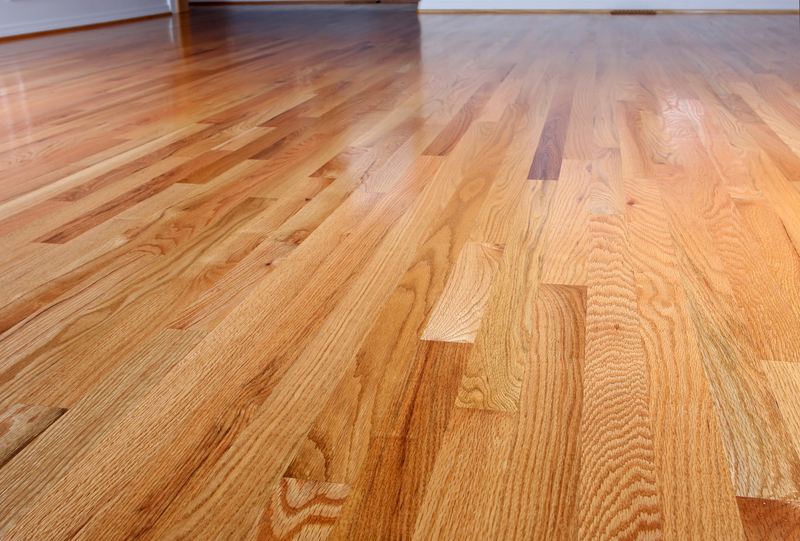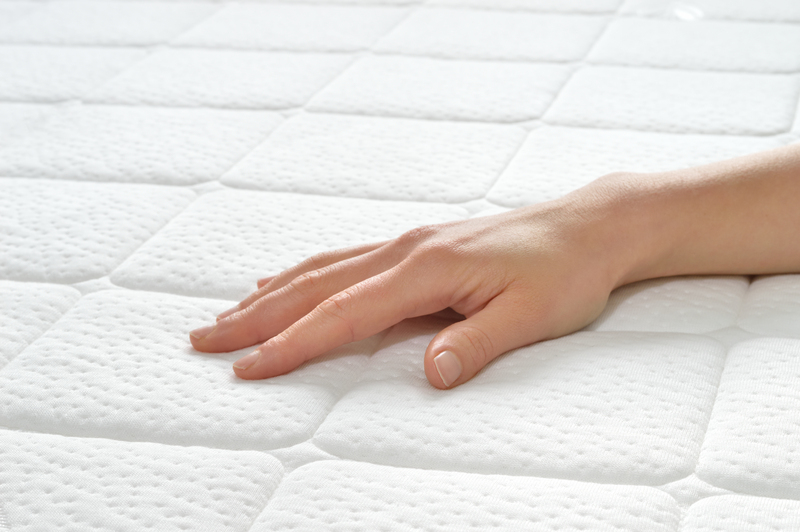Cleaning Products: Protecting Your Health
Posted on 10/06/2025
Cleaning Products: Protecting Your Health
Cleaning products are indispensable in maintaining the cleanliness and hygiene of our living and working spaces. They eliminate germs, reduce the risk of infections, and contribute to a healthier environment. However, while these products are vital for ensuring a clean environment, understanding their potential health impacts is crucial. Not all cleaning products are created equal, and many contain chemicals that can pose health risks if not used properly. This article delves into the importance of cleaning products, their potential health impacts, and how to choose safer alternatives to protect your health.
The Importance of Cleaning Products
Cleaning products play a significant role in our daily lives. They help:
1. **Eliminate Germs and Bacteria:** Regular cleaning with effective products can reduce the levels of harmful bacteria and viruses, preventing illnesses.
2. **Maintain a Pleasant Environment:** Clean environments are more appealing and can impact mental well-being positively.
3. **Extend the Life of Surfaces and Appliances:** Proper cleaning can remove dirt and grime that may cause wear and tear, thus extending the lifespan of appliances and surfaces.
4. **Improve Air Quality:** By eliminating dust and allergens, cleaning products help improve indoor air quality, which is vital for respiratory health.

Potential Health Risks of Cleaning Products
While the benefits are clear, cleaning products can also come with health risks. Many conventional cleaning products contain harsh chemicals that can be harmful when mishandled or overexposed. Some of the common health risks include:
1. **Respiratory Problems:** Ingredients like ammonia and bleach can cause irritation to the respiratory system, leading to coughing, wheezing, and even asthma attacks. Individuals with pre-existing conditions may find their symptoms exacerbated.
2. **Skin Irritation:** Direct contact with certain chemicals found in cleaners can cause skin rashes, burns, or dermatitis. This is especially true for those with sensitive skin.
3. **Eye Irritation:** Accidental splashes or fumes can irritate the eyes, potentially leading to redness, watering, or in severe cases, chemical burns.
4. **Hormonal Disruption:** Some cleaning products contain endocrine-disrupting chemicals (EDCs) that can interfere with hormonal functions, potentially leading to reproductive and developmental issues.
5. **Chronic Health Issues:** Long-term exposure or improper use of certain chemicals can lead to chronic health problems, including cancer and organ damage.
Common Harmful Ingredients in Cleaning Products
Understanding the common harmful ingredients in cleaning products can help you make safer choices. Here are a few to watch out for:
1. **Phthalates:** Found in many fragranced products, phthalates are plasticizers that can interfere with endocrine functions.
2. **Ammonia:** Often used in glass cleaners, ammonia can cause respiratory issues and skin irritation.
3. **Chlorine:** Present in many bleach-based products, chlorine can lead to respiratory issues and skin burns.
4. **Sodium Hydroxide (Lye):** Used in oven cleaners and drain openers, this caustic ingredient can cause severe burns upon contact with skin or eyes.
5. **Triclosan:** An antibacterial agent found in some cleaning products, triclosan can contribute to antibiotic resistance and has been linked to endocrine disruptions.
Choosing Safer Cleaning Alternatives
Thankfully, there are many ways you can protect your health by opting for safer cleaning alternatives. Here are some tips:
1. **Use Natural Cleaning Products:** Products labeled as natural or eco-friendly often contain fewer harmful chemicals. Look for certifications such as Green Seal or EPA's Safer Choice.
2. **Make Your Own Cleaners:** Simple ingredients like vinegar, baking soda, lemon, and water can be effective cleaners. For example, a mix of vinegar and water can be used for glass surfaces.
3. **Read Labels Carefully:** Ingredients lists and warnings can provide insight into the safety of a product. Avoid products with vague labels like "fragrance" as these can hide numerous harmful chemicals.
4. **Opt for Fragrance-Free Products:** Fragrances often contain harmful chemicals, so opting for fragrance-free products can reduce risk.
5. **Ventilate Your Space:** Always ensure proper ventilation when using cleaning products to reduce inhalation of fumes.
Protective Measures While Using Cleaning Products
Even when using safer products, it's essential to follow protective measures to minimize risk:
1. **Wear Protective Gear:** Use gloves, masks, and goggles when handling cleaning chemicals, especially if they are known to irritate the skin or eyes.
2. **Follow Usage Instructions:** Always adhere to the manufacturer's guidelines to avoid overexposure or misuse.
3. **Store Products Safely:** Keep cleaning products out of reach of children and pets, and store them in cool, dry places.
4. **Dispose of Products Properly:** Follow local regulations for the disposal of hazardous materials to avoid environmental contamination.

The Role of Regulation and Certification
Regulations and certifications play an essential role in ensuring the safety of cleaning products. Organizations like the Environmental Protection Agency (EPA) and the Food and Drug Administration (FDA) set guidelines and standards for product ingredients and usage. Certifications such as Green Seal, EcoLogo, and EPA's Safer Choice indicate that a product meets specific environmental and health criteria. It's important to choose products that meet these standards to ensure you're making safer choices for your health and the environment.
Conclusion
Cleaning products are essential for maintaining a hygienic living environment, but they come with potential health risks if not properly managed. By familiarizing yourself with the harmful ingredients commonly found in these products and choosing safer alternatives, you can protect your health while enjoying the benefits of a clean home. Always read labels carefully, opt for natural and eco-friendly options, and follow safety guidelines to minimize exposure to harmful chemicals. With these strategies, you can ensure that your cleaning practices contribute positively to your overall well-being.




